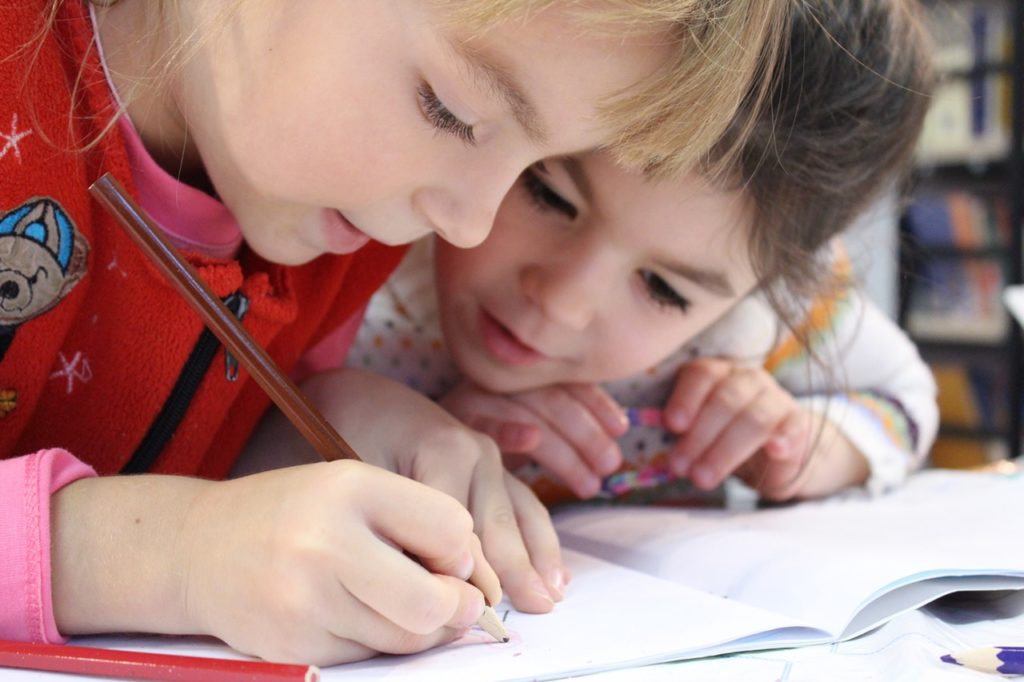
Understanding the Zone of Proximal Learning
Here is the third installment of our Learning Styles Series: Vygotsky’s Zone of Proximal Learning. The zone of proximal development (ZPD) is the range of abilities that an individual can perform with assistance but cannot yet perform independently. These are “proximal” skills because the student is close to mastering them but needs more guidance and practice to perform these actions separately.
Many educators have heard of this concept, as well as the term “instructional scaffolding.” Vygotsky’s scaffolding and its related concept zone of proximal development are teaching methods that can help students learn more information more quickly than they would through traditional methods.
Vygotsky’s Definition of ZPD
According to Vygotsky’s theory of learning, people learn by guidance from those more knowledgeable and skilled:
“The distance between the actual development level as determined by independent problem solving and the level of potential development as determined through problem-solving under adult guidance or in collaboration with more capable peers.”
– Vygotsky, 1978
These three essential components are critical to the success of the ZPD:
- Scaffolding, otherwise known as supportive activities, provided by the mentor or teacher that help guide the learner through the ZPD
- Social interactions that allow the learner to observe and practice their skills
- The presence of someone with the knowledge and skills to guide his or her student
Let’s expand on each component to get a better understanding.
Social Interaction
This more knowledgeable other is often a parent, teacher, or another adult, but this is not always the case. In many instances, peers provide valuable assistance and instruction.
During specific periods of a child’s life, they may even look to peers more than they look to adults. The teen years, when forming an identity and fitting in is so critical, is just one example. Kids at this age often look to their peers for information about how to act and how to dress. For children to learn new skills, Vyvotsky suggested pairing more competent students with less skilled ones, termed proximal learning.

ZPD and Scaffolding
When children are in this zone of proximal development, providing them with the appropriate assistance and tools gives students what they need to accomplish the new task or skill. These activities, instructions, tools, and resources are known as scaffolding. Eventually, educators can remove the scaffolding, and the student will be able to complete the task independently.
Scaffolding is not a concept that was initially introduced by Vygotsky. This component of the proximal learning theory was introduced by other researchers who expanded upon the original theories.
The “More Knowledgeable Other“
The more knowledgeable other is someone who has a higher level of knowledge than the learner. It is the more knowledgeable other who provides critical guidance and instruction during the sensitive learning period. While a child might not yet be capable of doing something on their own, they can perform the task with the assistance of an experienced instructor.
Using Proximal Learning in the Classroom
When applying this concept, it is essential to realize that the zone of proximal learning and development is continuously morphing. As a learner gains new skills and abilities, this zone moves progressively forward. Teachers and parents can take advantage of this by continually providing educational opportunities that are a slight stretch of a child’s existing knowledge and skills.
By giving children tasks that they cannot quite do easily on their own and providing the guidance they need to accomplish it, educators can progressively advance the learning process.




